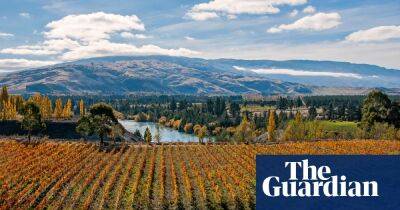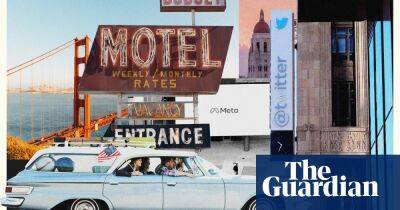The caff is one of Britain’s cultural treasures – but if we don’t eat in them, they’ll disappear
E very day except Sunday, a large and unlikely queue forms outside a mansion block in Westminster, a stone’s throw from Channel 4, the Department for Transport and a public loo known mysteriously as the “iron lung”. The queue’s a mixed crowd: along with all the tourists, there are plenty of office types, civil servants and people in hi-vis jackets. Above their heads a sign reads Regency Cafe, its bold white lettering set against coal-black tiles. The place they’re lining up for opened 77 years ago, back when Clement Attlee was prime minister and rationing was still in place.
Step inside and you’ll find a dramatic dining room. Gingham curtains line the windows, oxblood linoleum covers the floors, the rest is all laminate tables and beautifully brown fixed seating. But most people are here for the fry-ups, or things such as liver, gammon, and bread-and-butter pudding. Five miles across town at E Pellicci, another famous art deco spot, you’ll encounter a similar brand of Italo-cockney hospitality and enough intricate wood panelling to furnish a library.
It’s easy to forget that Britain used to be full of ornate restaurants such as these, where you can eat hearty, inexpensive food and linger without being moved along. Some people call these places greasy spoons, or better yet, caffs. We still have lots of relatively new ones, but far fewer really historical spots, with their creaky chairs, period light fixtures and time-honoured signs. A few survivors have become famous, but the majority have been under threat for years.
Most old caffs were wiped out in the early 2000s. We shuttered countless numbers of these vital spaces, maybe because offices and coffee giants could pay more rent, or because we didn’t find these restaurants
Read more on theguardian.com
















